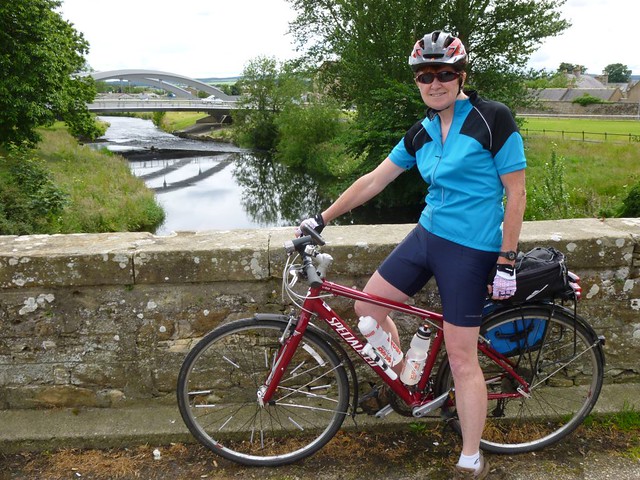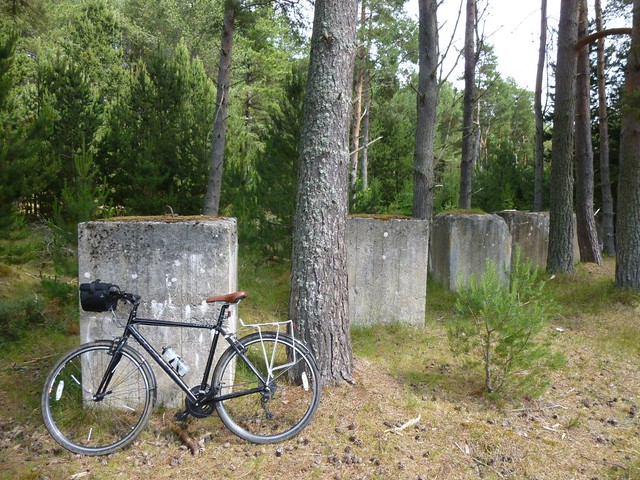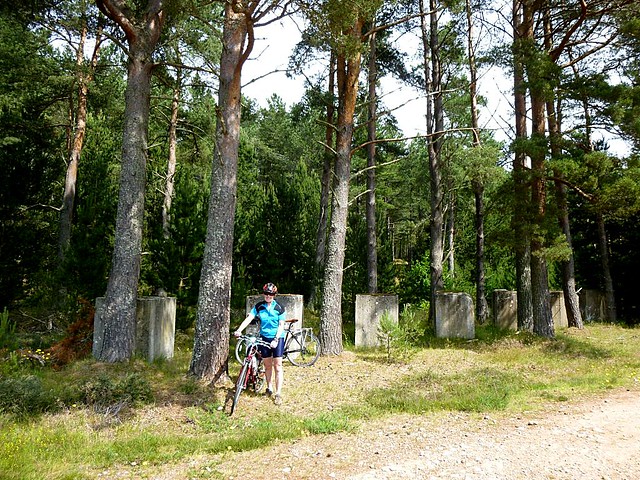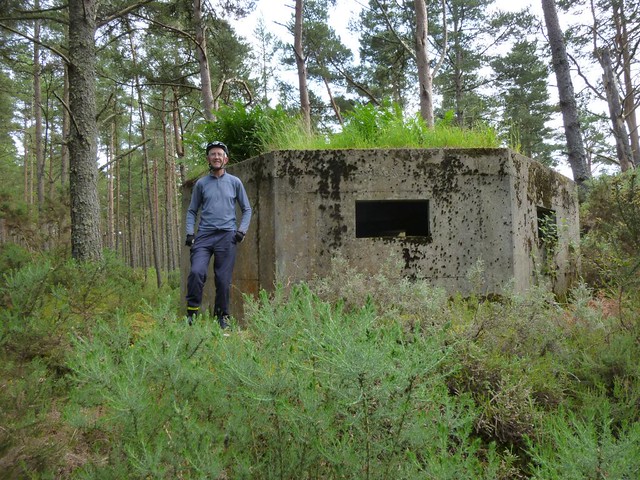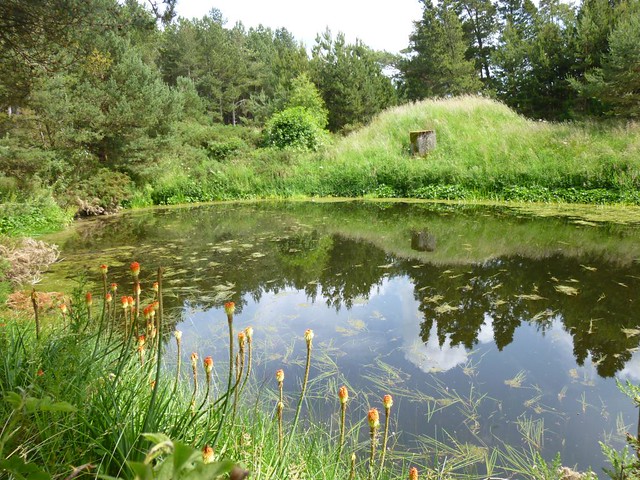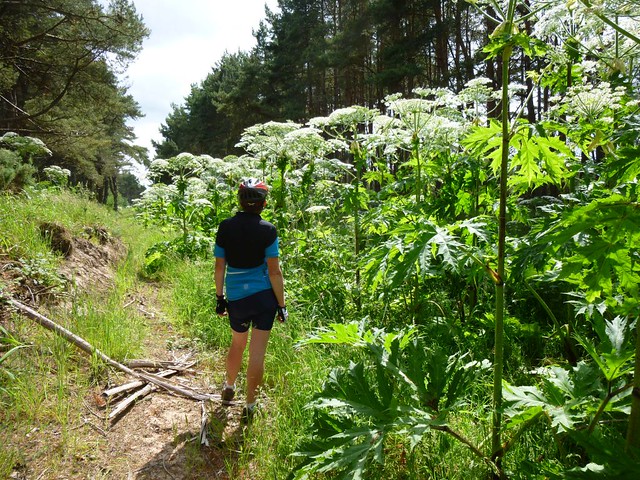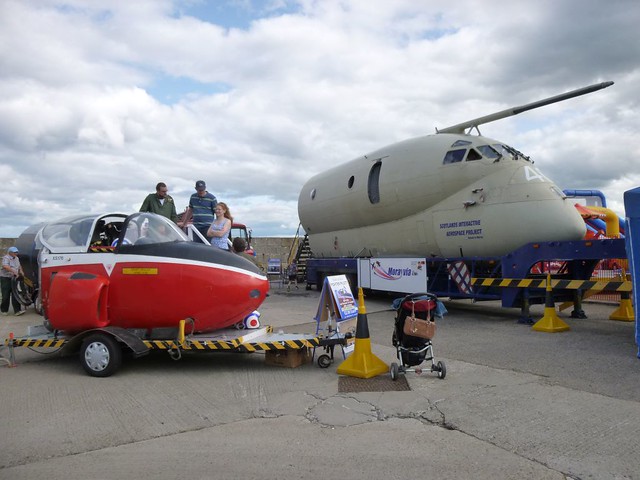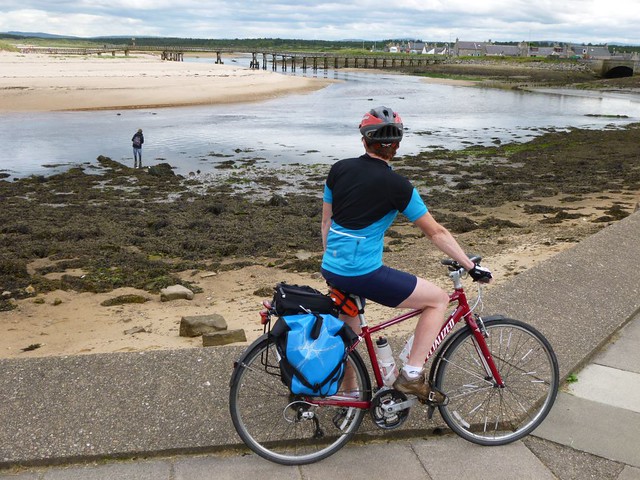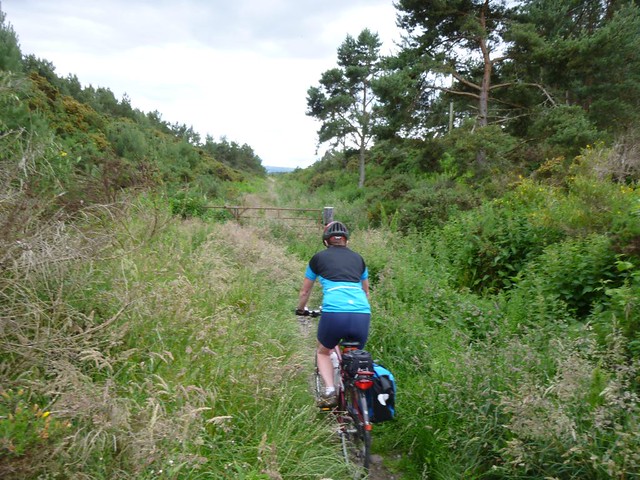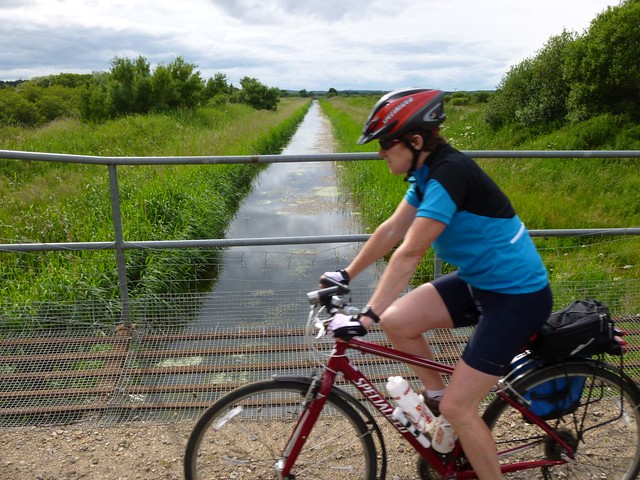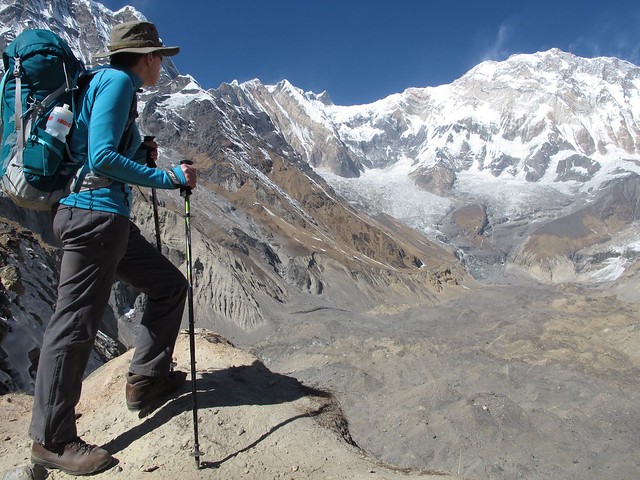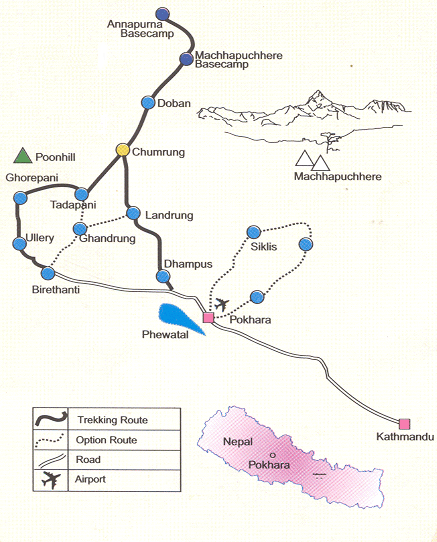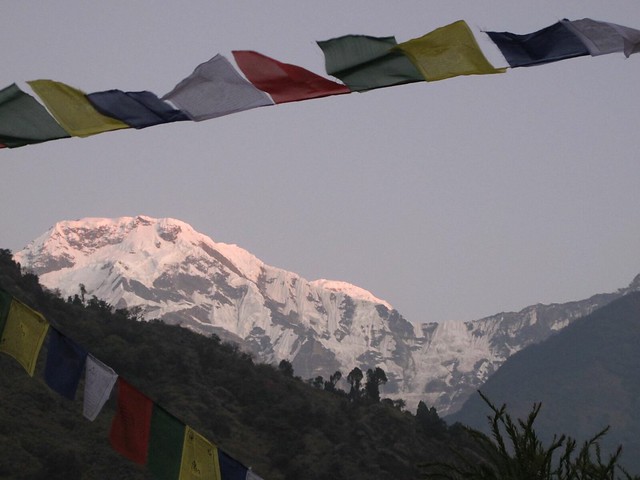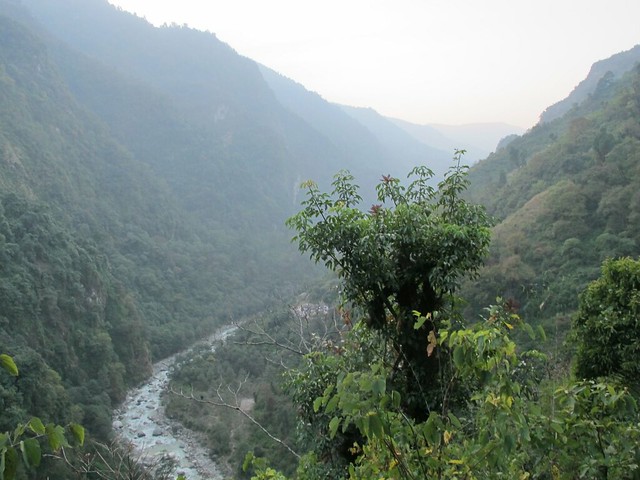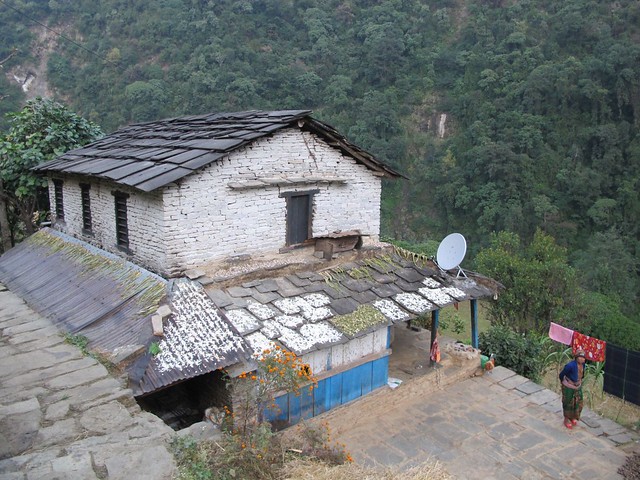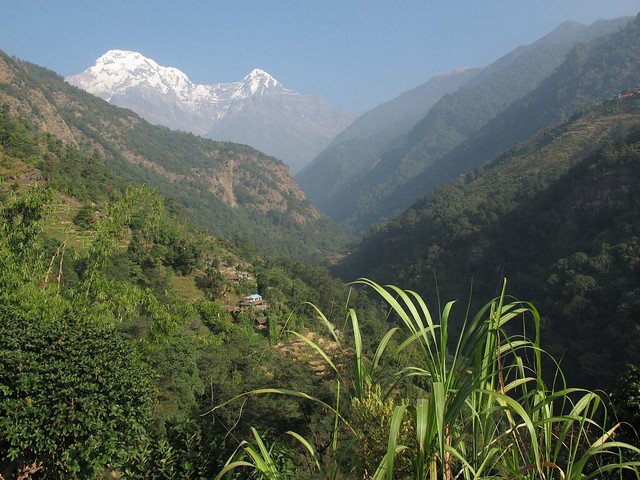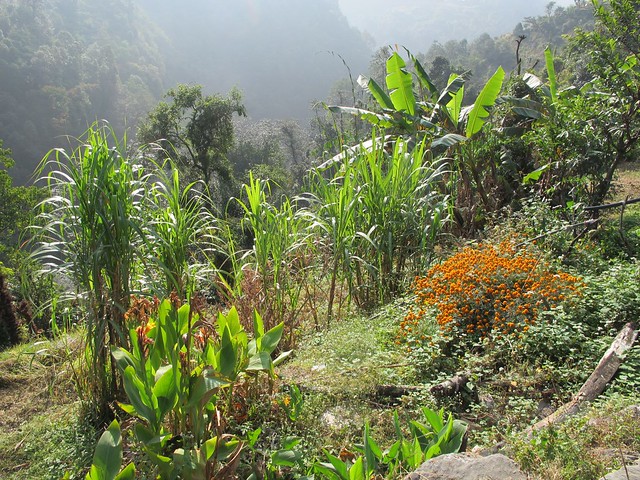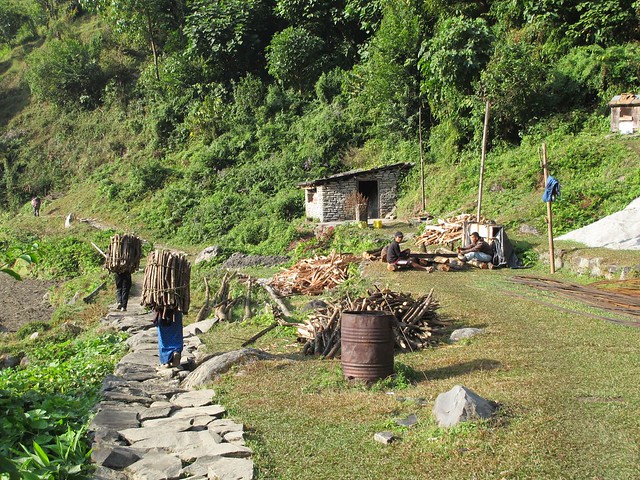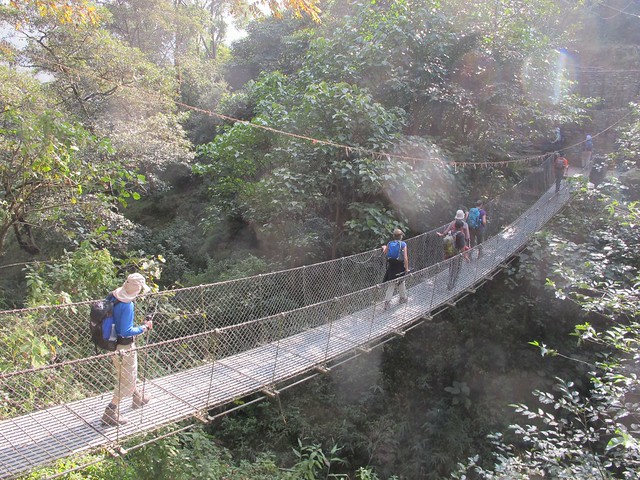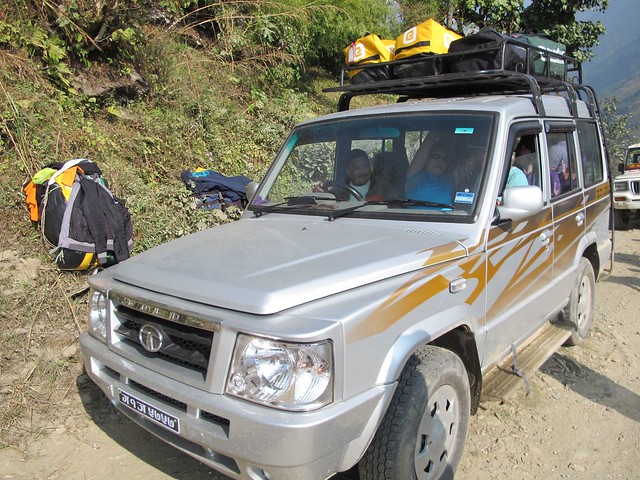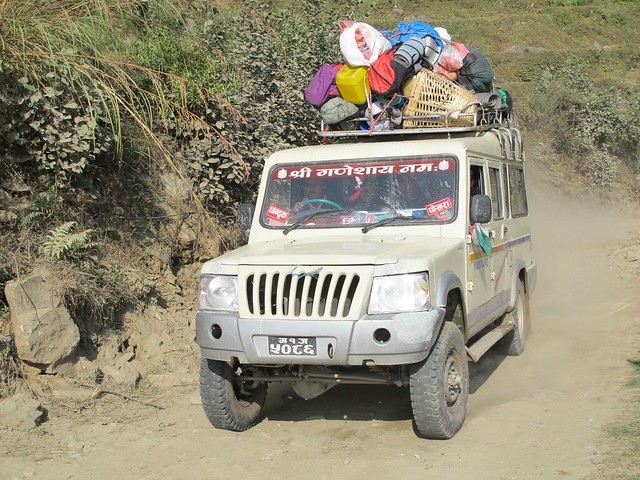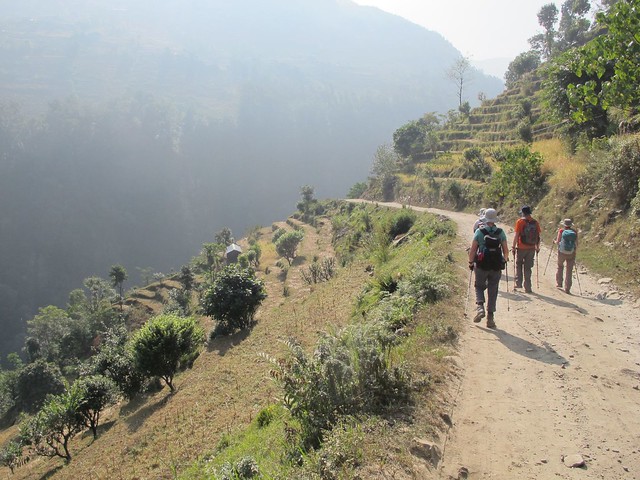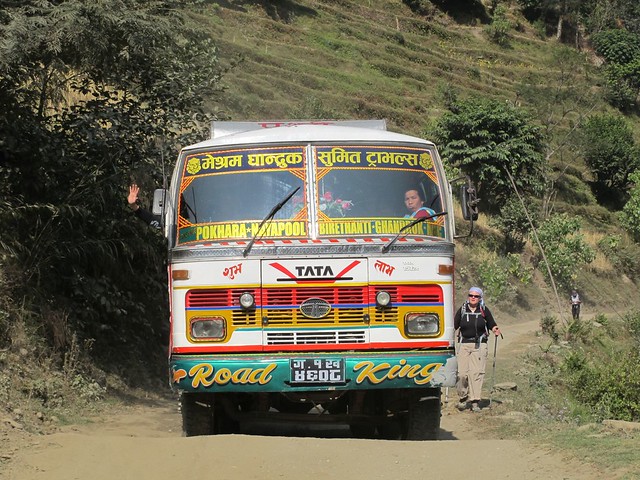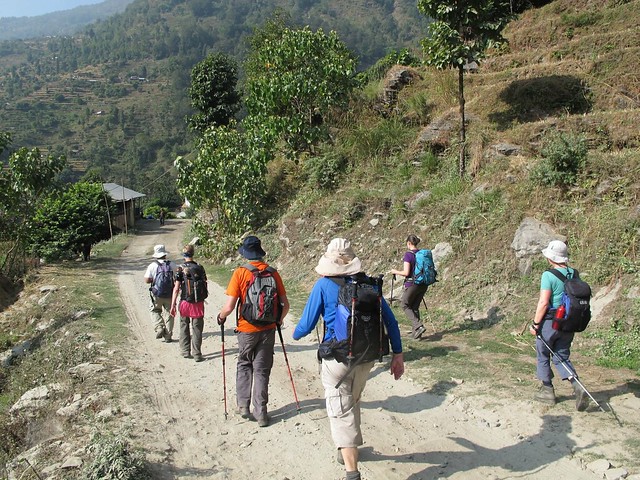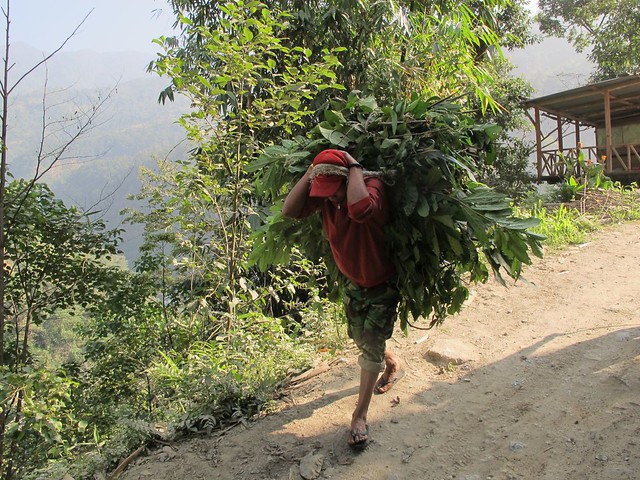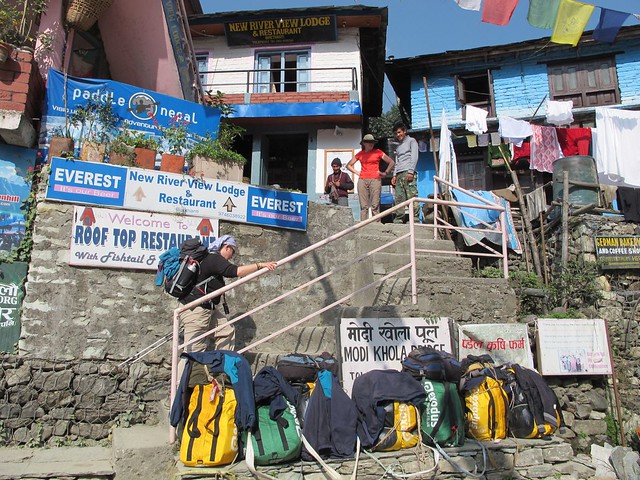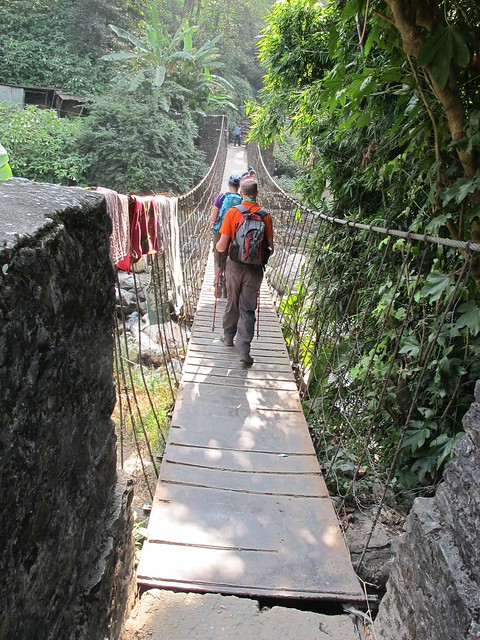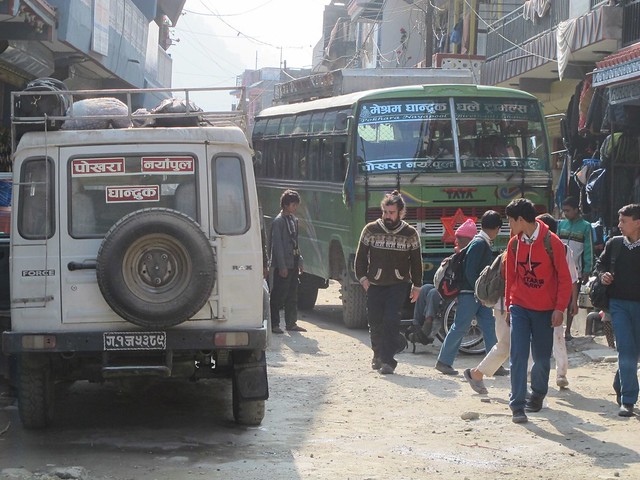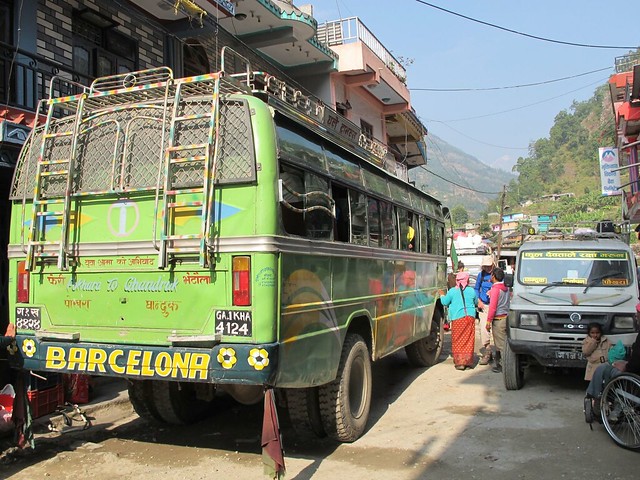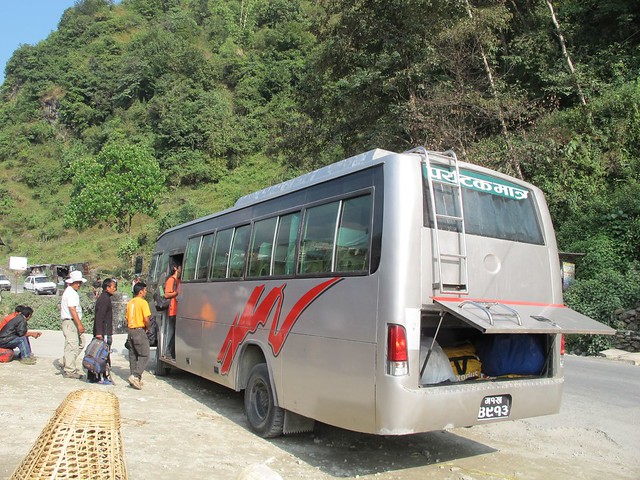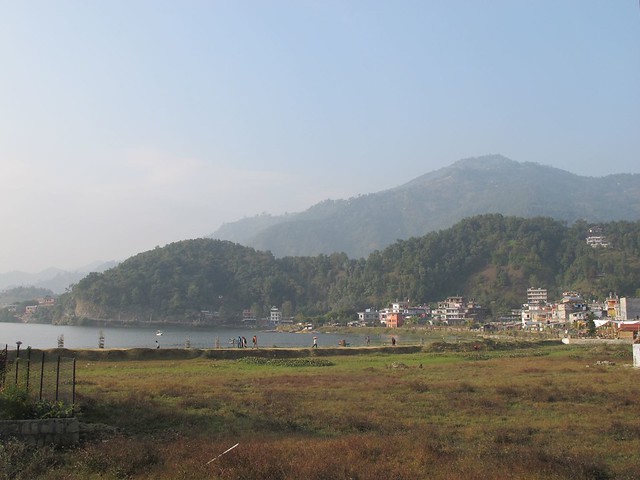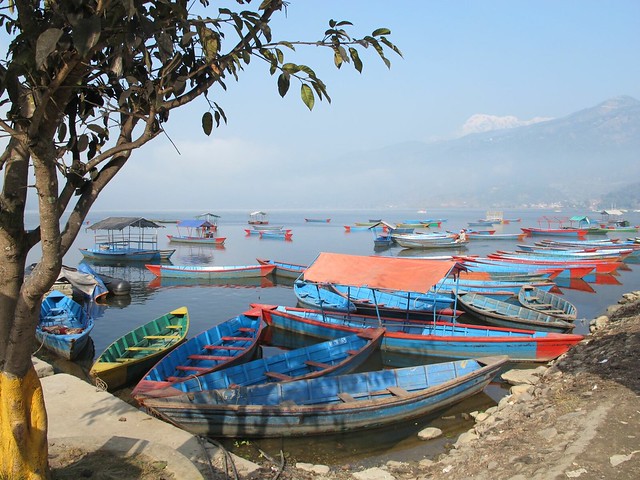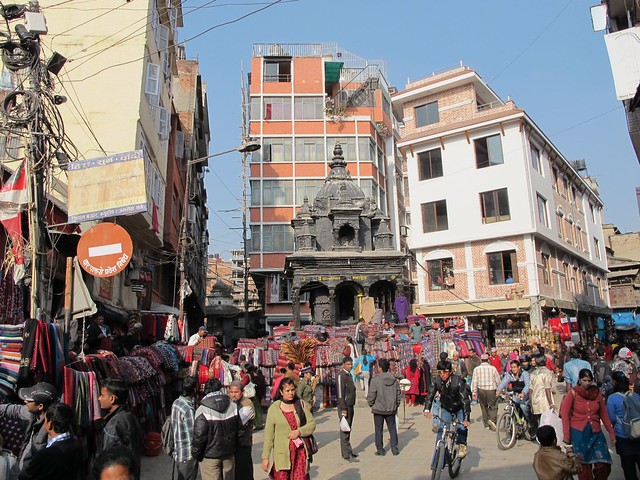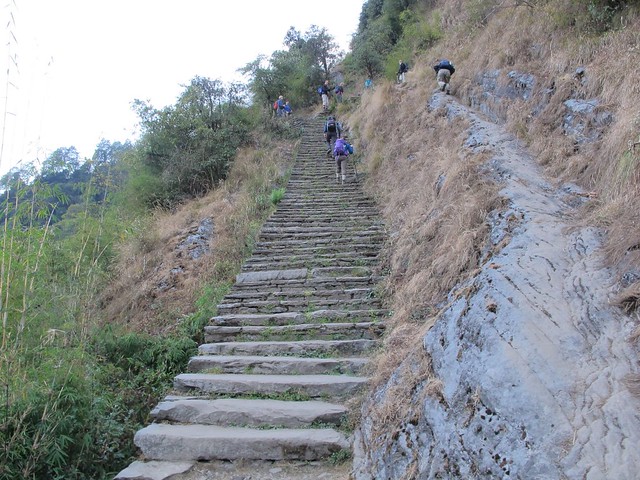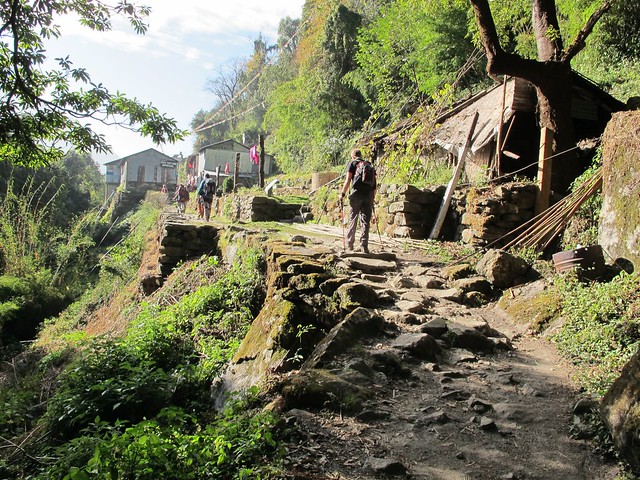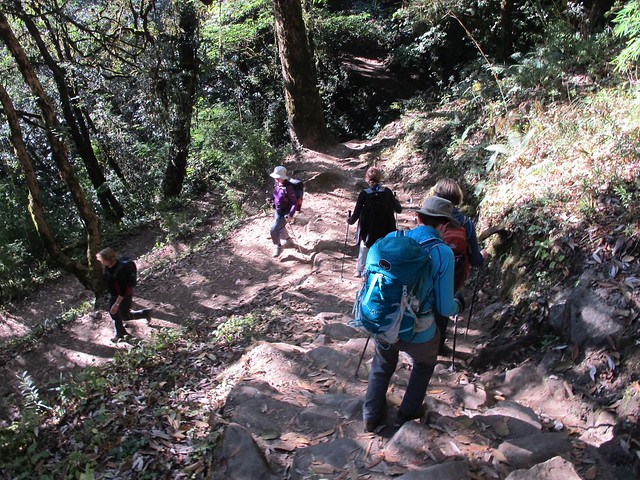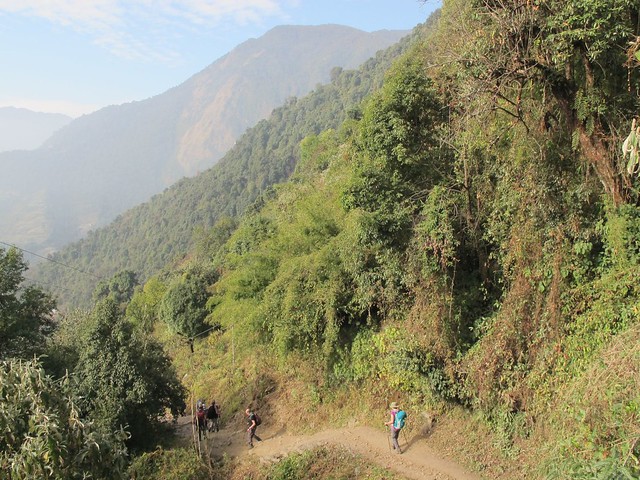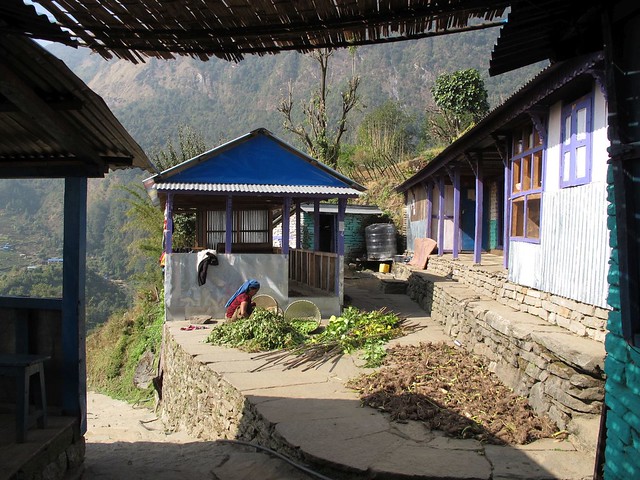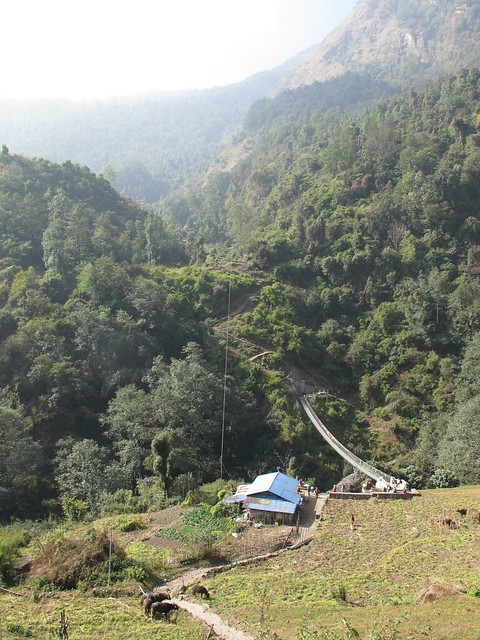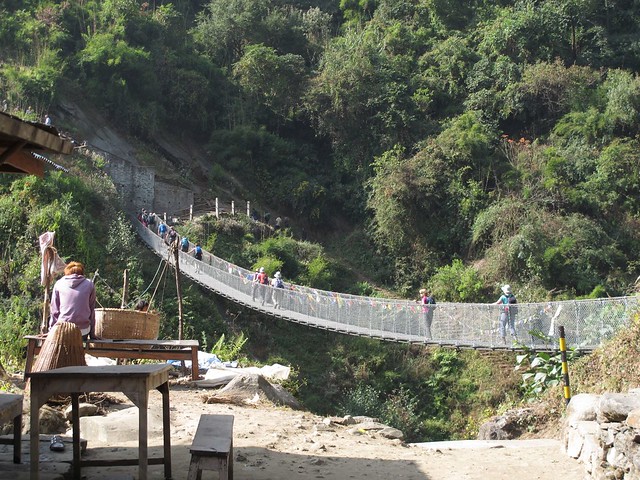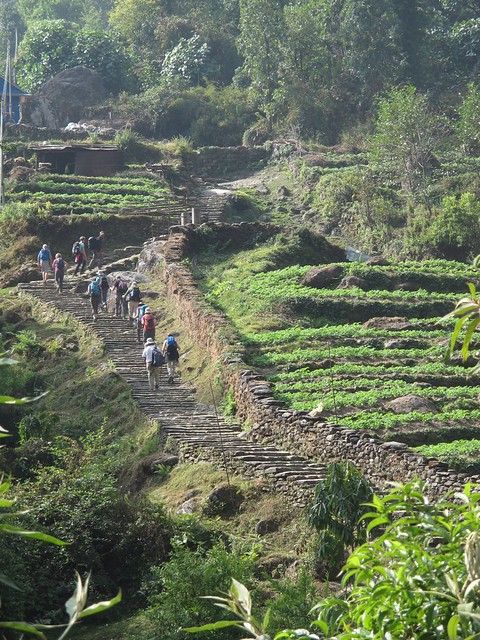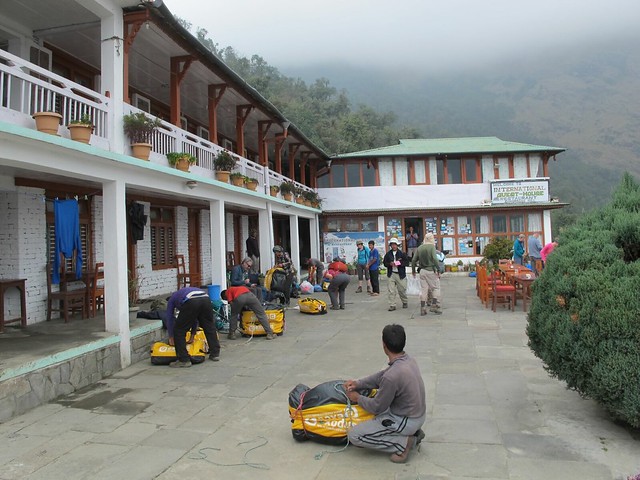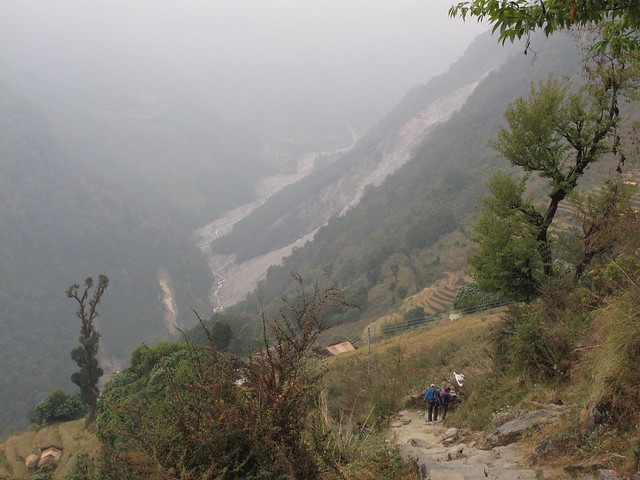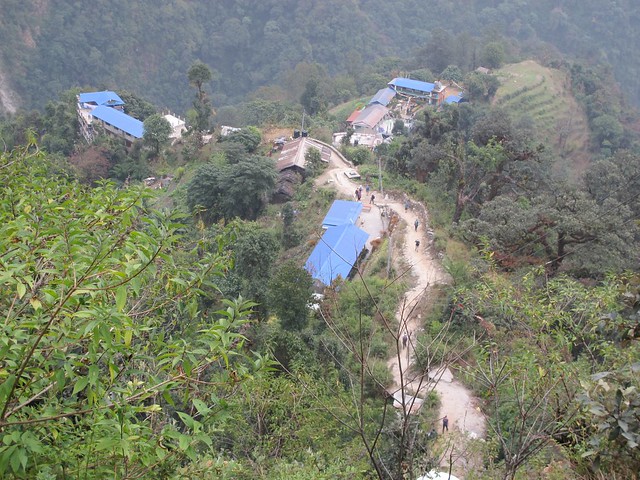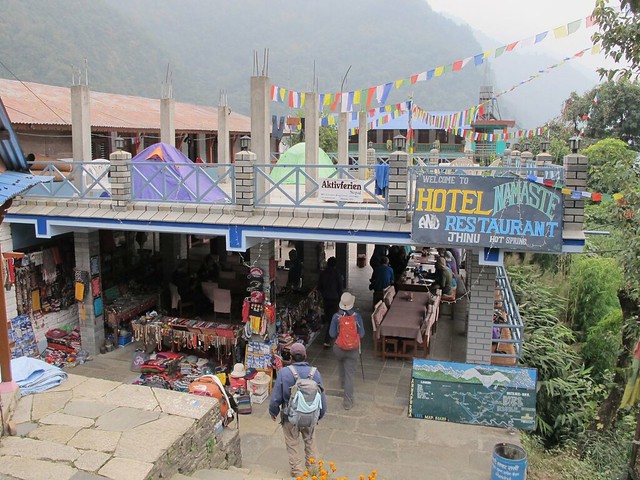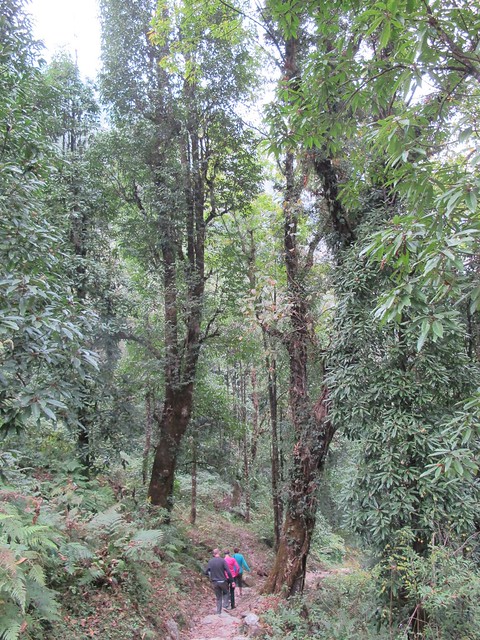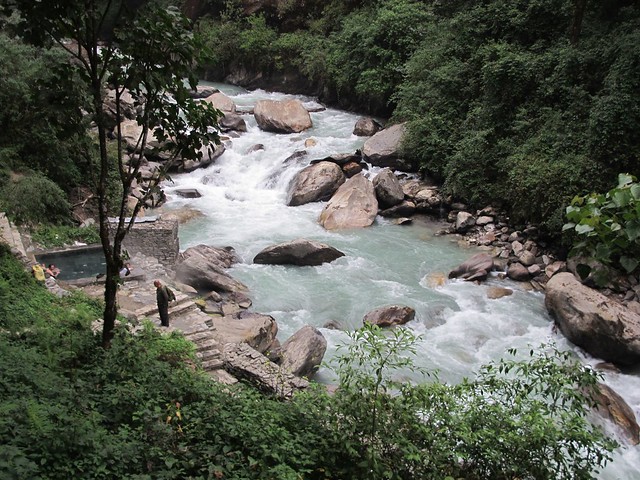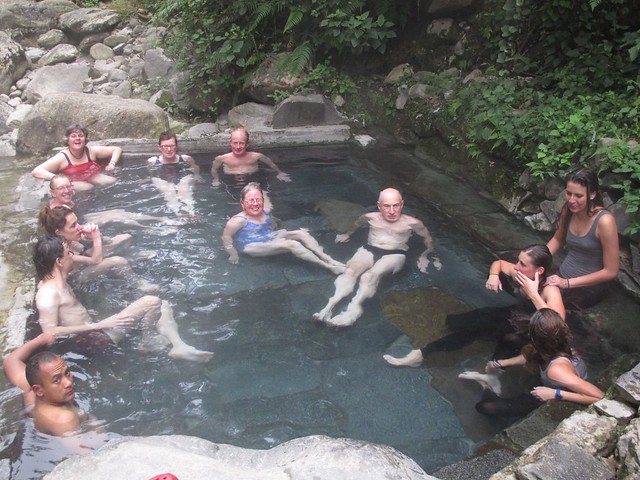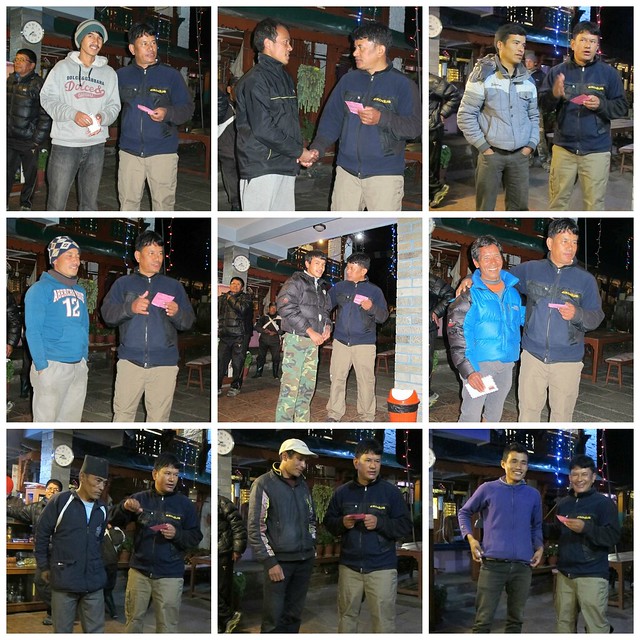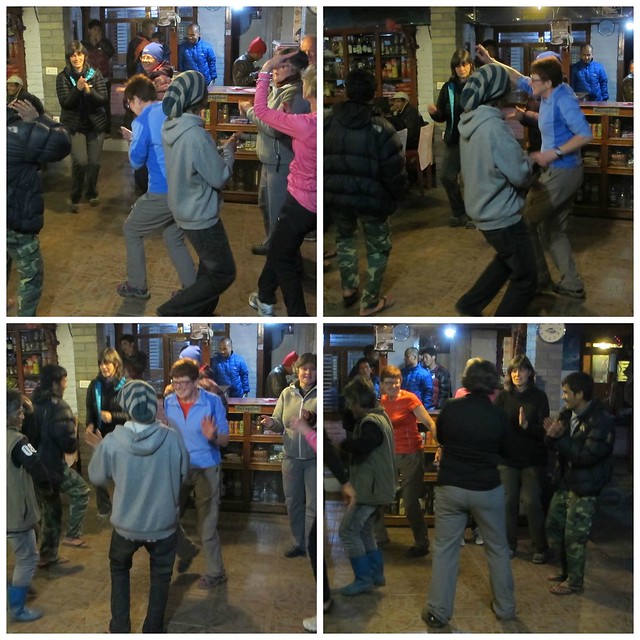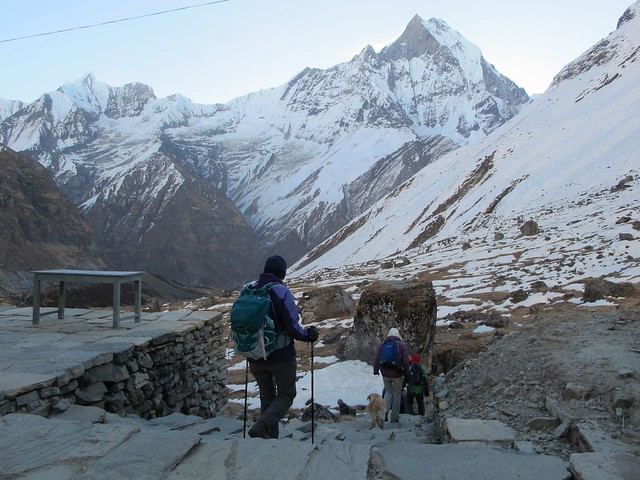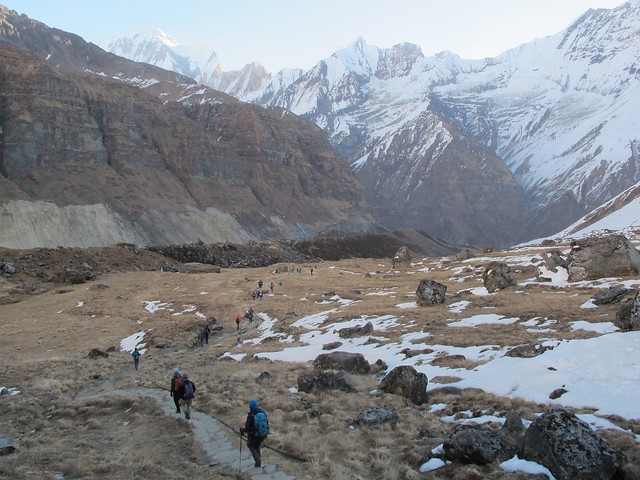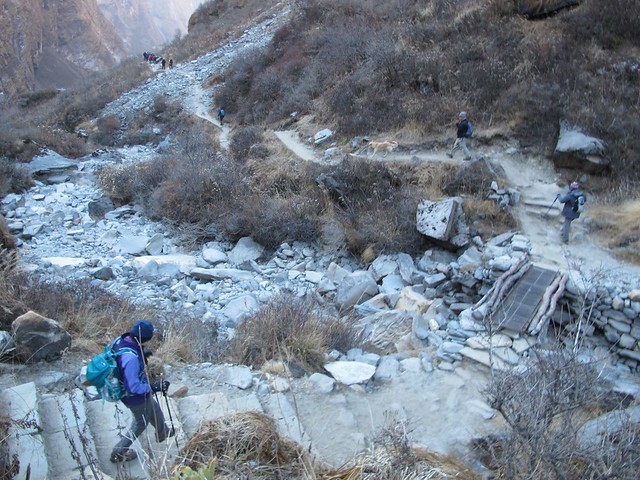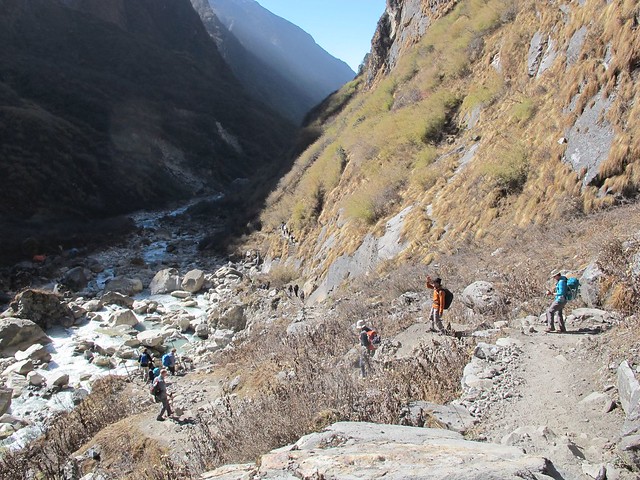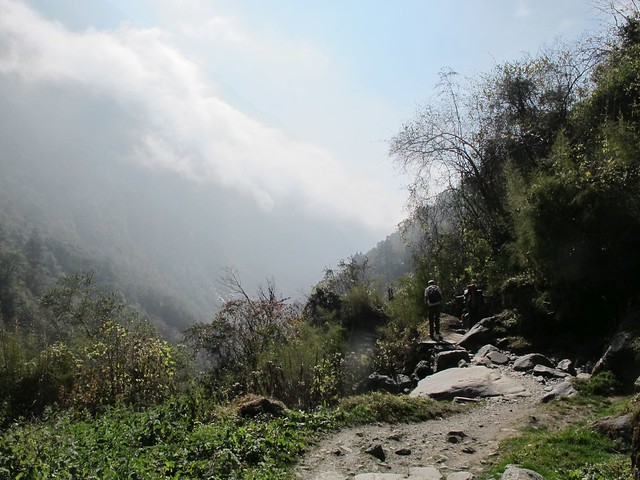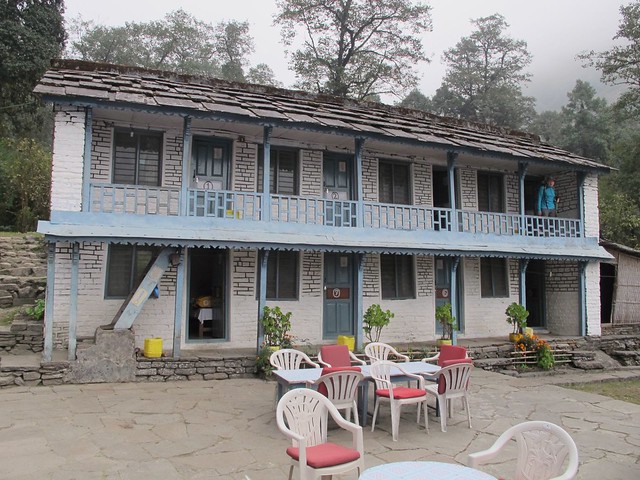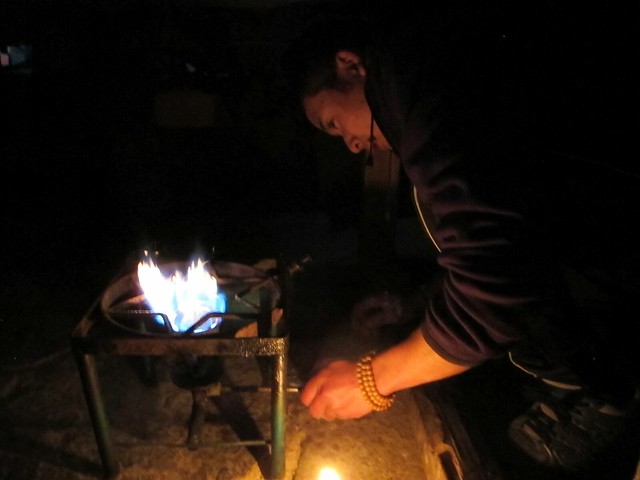The Baxter’s Loch Ness Marathon is held practically on my doorstep, so it would be rude to do others and not this! I ran it in 2014 on the back of 5 weeks off running with an injury, but with a nod to go ahead from my sports physio, and completed in a poor time. I was determined to try again this year and aim for a better run. Craig entered this race too, with the aim of going for a PB.

This year the training had progressed well and I’d managed two marathons prior to this. So it was with high expectations that I prepared for this.
I wasn’t disappointed. This marathon was an amazing experience, and my favourite marathon yet. It is a linear race and the day starts with an early departure from Inverness on a fleet of buses which head south along Loch Ness. On reaching the southern point of the loch at Fort Augustus, the buses head north on the minor single-track road running along the southern shores of the loch. This was to be our route.
There was an excited buzz on the hour-long bus journey, and I was able to enjoy looking at the loch from the north side, a little more than last year, when I felt sick with the excitement and dread of what was to come!
The buses dropped us off ‘in the middle of nowhere’ in a beautiful (but sort of bleak) purple heather-clad moorland high in the hills above the loch. It’s actually at 300m above sea level and had been really cold here last year, but was merely a little chilly this time.
It was a bit surreal to see over 2700 people milling around the single-track road and sitting or standing on the hillside in what is usually an empty location. Very many of these people were in queues – either for the portaloos or the tea/coffee, but the marshals were organising the movement of people very well and the queues weren’t TOO slow. I hunkered myself down in the heather for a wee while, sitting on my plastic bag. About 30 minutes before the race start, I braved the chill in the air and removed my sweatshirt and trousers so I could deposit my rucksack in the baggage lorries which were due to depart at 9:40.
As I made my way along the road towards the start line I admired the wonderful view ahead; the road sloping gently downhill, with the hills all around and I was really excited about the race. I took up position a wee ways behind the 4:30 start sign, but shortly all the runners were told to make our way forwards as the field was looking a bit bare at the front. I shuffled forward a bit, but I don’t know how many others did as ended up next to a guy who was aiming for a sub-4 hour time!
At the gun we were piped across the start line by a local school pipe band and I was on my way. The first 15km are downhill with a couple of minor uphill sections. I set off too fast, but was passed by very many others, but the crowd soon dispersed and there was ample room for passing without too much weaving round others.
The first drinks station came up at 3 miles/5 km and although I don’t usually drink so early in a race, and I was in a good, easy rhythm, I’d decided I was going to take water at each drinks station this time and stay fully hydrated. I swiped one wee bottle as I passed and drank a few mouthfuls as I ran. I walked through all the other drinks stations after this and drank the whole 330ml of water.
Neil appeared at Foyers road junction and got our photos.
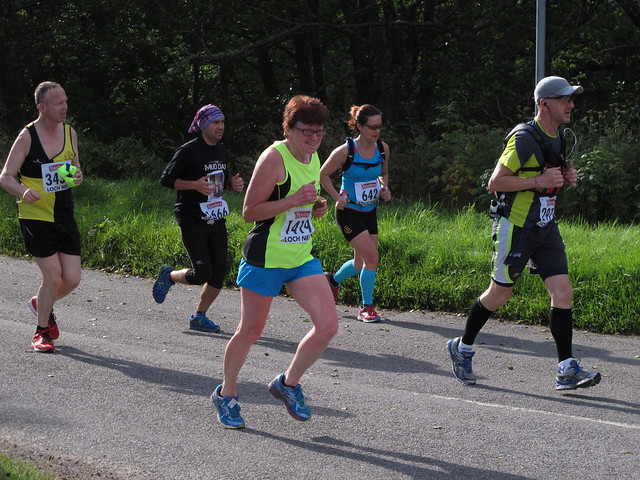
I hadn’t expected him so soon on the route and when I glanced at my Garmin I was surprised to see I done 10km and had run this in 60 minutes. I wasn’t worried at going too fast, as I knew most of this had been gravity assisted and I felt I was running with a steady pace and felt really good. I didn’t check my Garmin for most of the race and purely ran on feel.
Neil’s photo show one of the smaller uphill sections and shows the leading three passing here (about 10K) in 33 minutes!
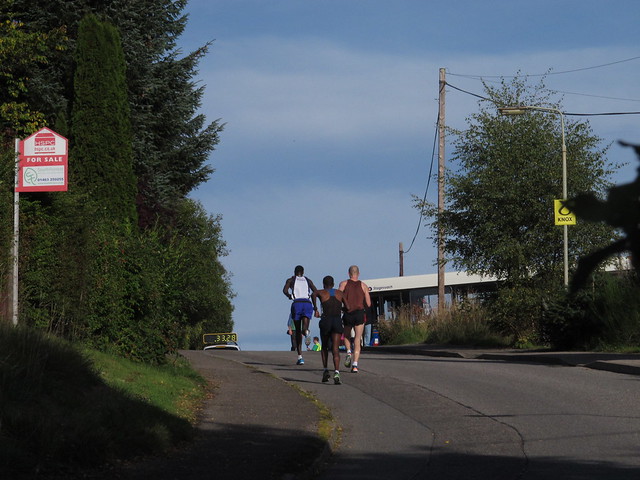
I found I didn’t chat to as many people early in the race as I had in other marathons. I wasn’t deliberately ignoring them, but I think the runners were just changing positions more than in other races. I passed a few folks who were walking up the first small hills, while I felt strong and in my rhythm and was able to keep going. I did get very hot however, even though the sunshine was initially quite weak and was glad for the bits of tree cover.
I saw Neil again at the road junction about 15km along, at Inverfarigaig. And strangely, a tall guy with a distinctive mustache who had been standing beside him at Foyers – and who reappeared at several other places on the route!, and a small crowd of spectators. Out here in the countryside, anything other about 10 is a crowd!
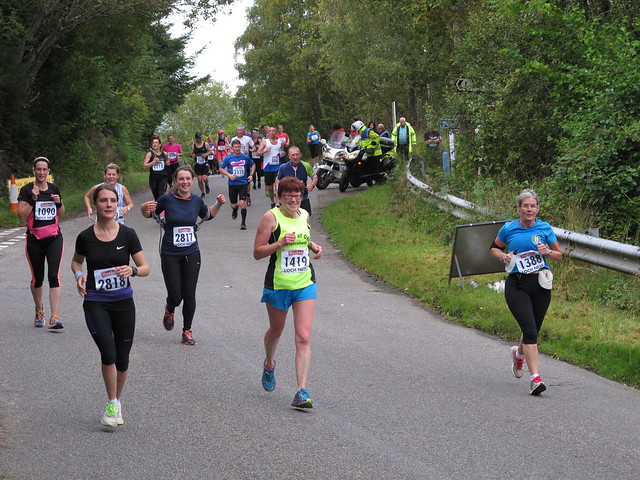
Our route finally hit the lochside just after Inverfarigaig and in the sunshine the loch looked wonderful. A few people around me were slowing/stopping briefly to get photos of the loch. I wasn’t carrying my phone or camera, but turned my head around frequently to admire the loch. I still felt good and was keeping a steady average pace of 6:30 mins/km, with short walking breaks through each drinks station
We now had a long stretch of road with very few spectators, but those few who did appear were very enthusiastic, including one guy blasting music from his jeep parked at the end of a driveway into the forest, one family handing out jelly babies and another guy playing the bagpipes stood outside a wee cottage. Also, maybe to make up for the lack of spectators, race organisers had ‘helpful’ signs along the route, stating “A wee bit hilly” before the smaller hills earlier on and “Slightly steeper bit approaching” before a ‘proper’ hill! I checked my Garmin again at another drinks station and was pleased to see a HM time of 2:10.
As well as enjoying the scenery on the section of the run, I wrote long passages of witty prose for this blog in my head – which I promptly forget during the final struggle to the line and the post-marathon physical and mental crash!
As well as taking on water and hydration drinks at each station I was able to stomach a few Cliff Shot Bloks which I think really helped. This is not to say I didn’t suffer with GI distress at all, as I ran for about an hour thinking “I’m going to have to dive into the bushes any minute now!” during a loooong stretch with no portaloos. I finally found a loo at Dores and lost a few minutes on a pit stop!
This enforced stop at 28km threw me off my stride and I found it really hard to get going again. However, fortunately, or not, this coincided with a sign warning Continue reading


